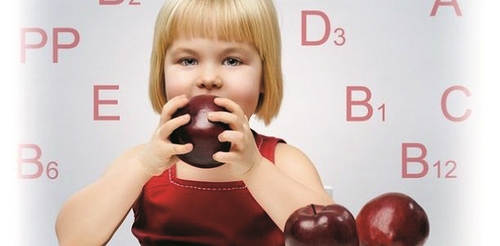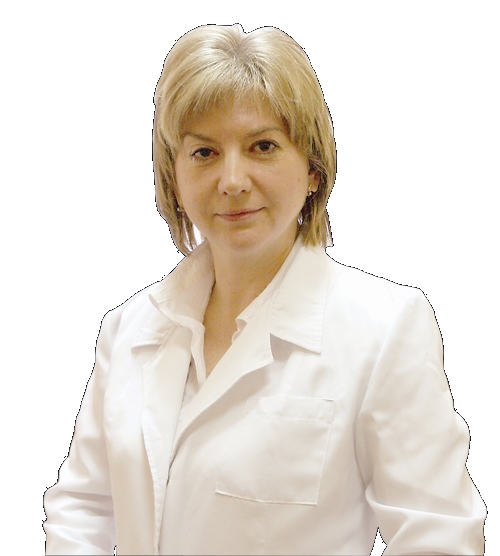Raising protein intake by 10-20 percent above recommended standards is a good idea, with at least 60 percent coming from meat and fish. Protein helps you absorb and process iron, as well as forming globin and generating erythrocytes. You should reduce your saturated fat intake, from beef, pork, mutton suet and other cooking fats, by 5-10 percent (compared to recommended levels) while keeping carbohydrates within recommended levels. There’s no need to raise your intake of any particular minerals (besides iron) or B vitamins but ensure you are receiving the generally recommended amounts, perhaps by taking a multivitamin tablet.

Do ensure that you are taking a good level of ascorbic acid (vitamin C) since it improves the body’s absorption of iron. It’s important to make it easy for your body to absorb and process iron. For instance, it’s most easily extracted from red meat. Poultry, liver and fish are slightly less ‘effective’ sources, followed by fruits and berry juices, without pulp. Milk and dairy products contain small doses of iron, and can affect the digestion, unless they come in the form of live-cultures: yoghurt or kefir (with added vitamin C). Fruit and berry juices are more easily digestible than milk. Eggs are a rich source of iron, but may also affect digestion adversely. Do include dairy products and eggs in your diet, but only in moderation. Eat at least 200g of meat and/or fish daily (this may include liver, tongue, kidneys and sausage products). Worthy additions are berries and berry juices, green leafy vegetables and dogrose broth. Boiled and fried liver, and liver pate (not raw or half-baked) and blutwurst sausages are good sources of easily digestible protein.

To stimulate the appetite and reduce gastric bile, try serving meat or fish with mushroom sauces, spices or spicy vegetables (such as onions, garlic or horse-radish). Meanwhile, in eating meat and fish, uptake of iron from cereals, bread and potatoes should rise. For example, uptake of iron from vegetables almost doubles when 50g of meat is consumed, and triples with the addition of 100g of fish. Absorption of iron becomes more efficient with ingestion of citrus fruits (ascorbic, citric, malic and tartaric) or fruits/berries without pulp, dogrose broth, or compotes with added ascorbic (about 25-50mg) or citric acid.
Try substituting honey for sugar and take a little dry white wine to improve digestion (not red). Also cut out strong tea. Red wine and tea are rich in tannins, which reduce iron absorption. Similarly, limit products rich in oxalic acid or tannins: spinach, sorrel, rhubarb, purslane, quince, cornel, persimmon, black chokeberries, bilberries, chocolate and cocoa. Limit also those products rich in dietary fibre: whole-wheat bread or with added bran, and beans. Soya proteins are thought to inhibit the absorption of iron and, contrary to popular belief, fresh salads, pomegranates and buckwheat do not raise iron absorption. You may also like to drink highly mineralised waters (iron salts in a solution of carbonic acid).
A lack of iron can lead to anaemia, necessitating a diet rich in nutrients for blood formation. Latent anaemia can be corrected with the help of diet alone (consuming foods rich in iron). However, it’s impossible to guarantee effective treatment of iron deficiency anaemia by strict dietary observance alone. Haematologists underline that patients need to take medication to handle their condition. Unfortunately, many doctors still uphold the eating of apples, stewed carrots, beetroot, pears and pomegranates or goat’s milk as a solution. In fact, such a diet can aggravate the condition (women seem more prone to follow this advice). Goat’s milk in particular can be dangerous to those suffering iron deficiency anaemia, as it contains little iron and folic acid. Long-term consumption aggravates anaemia.
Without denying the advantages of eating fruit, an excess, especially of those rich in pectin, can aggravate your condition. Red meat should prevail during treatment of iron deficiency anaemia.
N.Nefedov, Grodno
By Tatiana Zhukova
Doctor of higher category, M.D. Ph.D.











